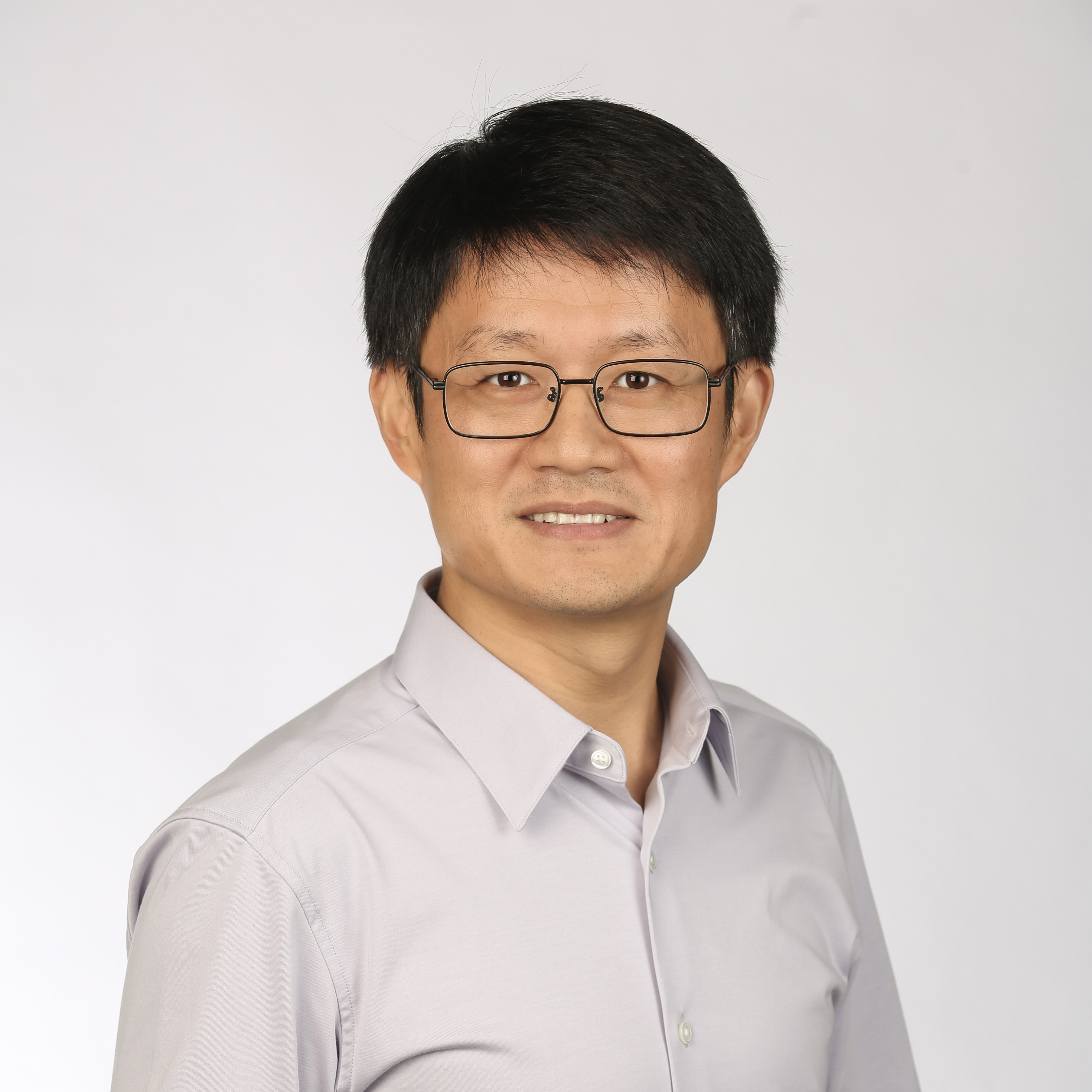This project will provide funding for students from U.S. institutions of higher learning to attend the 2023 Cyber-Physical Systems and Internet-of-Things Week (CPS-IoT Week 2023) in San Antonio, Texas during May 9-12, 2023. This is the first in-person CPS IoTT week since the pandemic in 2020.
Fishes are masters of locomotion in fluids owing to their highly integrated biological sensing, computing and motor systems. They are adept at collecting and exploiting rich information from the surrounding fluids for underwater sensing and locomotion control. Inspired and informed by fish swimming, this research aims to develop a novel bio-inspired cyber-physical system (CPS) that integrates the ?physical? robot fish and fluid environment with the ?cyber? robot control & machine learning algorithms.
Propelled by the growth in demand for artificial intelligence-enabled applications, the past decade has witnessed the emergence of Collaborative Cyber-Physical Learning Systems (CCPLS). CCPLS carry out distributed, learning-based processing tasks through coordination among Cyber-Physical System (CPS) devices, and are envisioned to provide critical functionality across the commercial and defense sectors in the next several years.
Many cyber-physical systems (CPS) have real-time (RT) requirements. For these RT-CPS, such as a network of unmanned aerial vehicles that deliver packages to customers? homes or a robot that performs/aides in cardiac surgery, deadline misses may result in economic losses or even fatal consequences. At the same time, as these RT-CPS interact with, and are depended on by, humans, they must also be trustworthy.
Systematic modeling, analysis and design of social, economic and technological systems requires addressing myriad tradeoffs that natural systems and human groups handle so effectively. A confluence of ideas from diverse disciplines, including arts, ecology, neuroscience, and control theory will further enhance our understanding of the underpinnings of such remarkable systems and enable us to facilitate such robustness and resilience in engineered systems.
Emerging mobility systems, e.g., connected and automated vehicles and shared mobility, provide the most intriguing opportunity for enabling users to better monitor transportation network conditions and make better decisions for improving safety and transportation efficiency. However, different levels of vehicle automation in the transportation network can significantly alter transportation efficiency metrics (travel times, energy, environmental impact).
Christos G. Cassandras is Head of the Division of Systems Engineering and Professor of Electrical and Computer Engineering at Boston University. He is also co-founder of Boston University’s Center for Information and Systems Engineering (CISE). He received degrees from Yale University (B.S., 1977), Stanford University (M.S.E.E., 1978), and Harvard University (S.M., 1979; Ph.D., 1982). In 1982-84 he was with ITP Boston, Inc. where he worked on the design of automated manufacturing systems. In 1984-1996 he was a faculty member at the Department of Electrical and Computer Engineering, University of Massachusetts/Amherst. He specializes in the areas of discrete event and hybrid systems, stochastic optimization, and computer simulation, with applications to computer and sensor networks, manufacturing systems, and transportation systems. He has published over 300 refereed papers in these areas, and five books. He has guest-edited several technical journal issues and serves on several journal Editorial Boards. He has recently collaborated with The MathWorks, Inc. in the development of the discrete event and hybrid system simulator SimEvents.
Dr. Cassandras was Editor-in-Chief of the IEEE Transactions on Automatic Control from 1998 through 2009 and has also served as Editor for Technical Notes and Correspondence and Associate Editor. He is the 2012 President of the IEEE Control Systems Society (CSS) and has served as Vice President for Publications and on the Board of Governors of the CSS. He has chaired the CSS Technical Committee on Control Theory, and served as Chair of several conferences. He has been a plenary speaker at many international conferences, including the American Control Conference in 2001 and the IEEE Conference on Decision and Control in 2002, and an IEEE Distinguished Lecturer.
He is the recipient of several awards, including the 2011 IEEE Control Systems Technology Award, the Distinguished Member Award of the IEEE Control Systems Society (2006), the 1999 Harold Chestnut Prize (IFAC Best Control Engineering Textbook) for Discrete Event Systems: Modeling and Performance Analysis, a 2011 prize for the IBM/IEEE Smarter Planet Challenge competition, a 1991 Lilly Fellowship and a 2012 Kern Fellowship. He is a member of Phi Beta Kappa and Tau Beta Pi. He is also a Fellow of the IEEE and a Fellow of the IFAC.
The safety and performance of cyber-physical systems (CPS) depend crucially on control and scheduling decisions that often are fixed at design time, which significantly restricts the conditions under which a system can operate both safely and with suitable performance. Going beyond prior work that has explored different control and scheduling adaptations in individual system designs, this project will conduct more general and in-depth investigations, into how cyber-physical systems?
Aging civil infrastructure is a critical worldwide problem that affects daily life, making it important to innovate more efficient and economical repair and construction methods for civil structures. Additive manufacturing, or 3D printing, offers a promising way to fulfill this compelling need. However, almost all current additive manufacturing methods rely on gantry-based systems that can only build structures within rigid frames, thereby restricting printing speed and scale, thus hindering their use in maintenance and construction.
Loss of walking function and leg sensation are devastating consequences of spinal cord injury (SCI). These deficits have a profoundly negative impact on independence and quality of life of those affected. Moreover, wheelchair reliance after SCI increases the risk of medical complications. The healthcare costs associated with SCI are ~$50 billion/year, presenting a significant public health concern. Currently, there are no biomedical solutions capable of restoring walking and leg sensation after SCI.
The adoption of cyber-physical systems (CPS) is growing at an accelerated rate, giving rise to large-scale CPS??for example, comprised of large numbers of robots in a warehouse, turbines on a wind farm, or vehicles and traffic signals in a city. If intelligently coordinated, these systems will unlock transformative societal benefits across broad economic sectors. They also promise to contribute to the most pressing challenge of the century??climate change??by substantially utilizing resources more effectively, such as from supply chains, energy systems, and urban systems.



